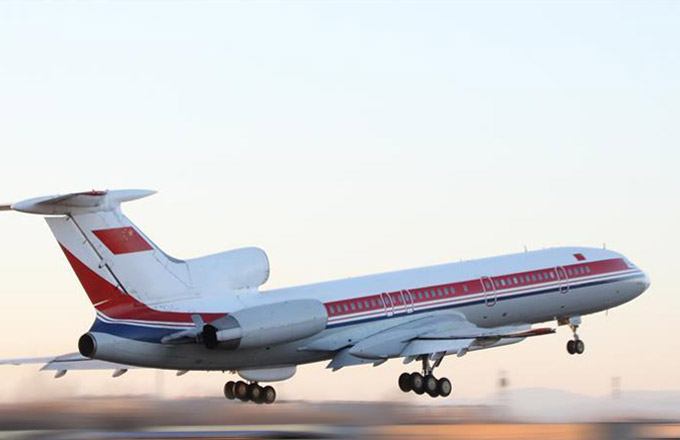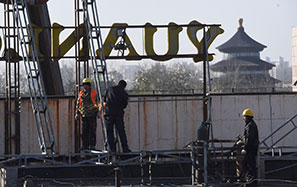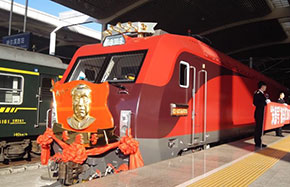China launches its latest Beidou satellite
China launched a new-generation satellite into space on Monday night, starting the expansion of its indigenous navigation and positioning network to global coverage.
The satellite, the 20th for the Beidou Navigation Satellite System, was sent into orbit by the Yuanzheng-1 upper stage vehicle after being lifted by a Long March-3C carrier rocket from the Xichang Satellite Launch Center in Sichuan province.
The launch is the first step in China's plan to turn the navigation system's current regional service into global coverage, according to a statement issued by the center.
China launched the first Beidou satellite in 2000. The system began providing positioning, navigation, timing and short-message services to civilian users in China and surrounding areas in the Asia-Pacific region in December 2012. Currently, the system consists of 15 satellites.
The latest satellite will test a host of new technologies essential for the global transformation, including a cutting-edge navigation signaling mechanism and advanced links between satellites.
China Aerospace Science and Technology Corp, one of the major players in the nation's space activities, said in a statement that Monday's launch also marked the first flight of the Yuanzheng-1 upper stage vehicle developed by its China Academy of Launch Vehicle Technology.
The independent vehicle - dubbed a "shuttle bus in space" by some experts - is capable of sending multiple spacecraft into different orbits during a single mission. It is able to ferry satellites using its own power system after reaching an initial orbit atop a rocket, said Liang Xiaohong, vice-president of the academy.
"The Yuanzheng-1 will play an important role in China's future moon and Mars exploration projects and space debris disposal tasks," he said. "In the past, our satellites had to install engines for their orbital transfer, and they carried a lot of fuel. Now the upper stage vehicle enables us to remove the engines and fuel from the satellite and prolong its life span."
The adoption of the cutting-edge spacecraft will also help to reduce costs for satellite launches and meet rising demand for spaceflight, Liang said.
zhaolei@chinadaily.com.cn


















